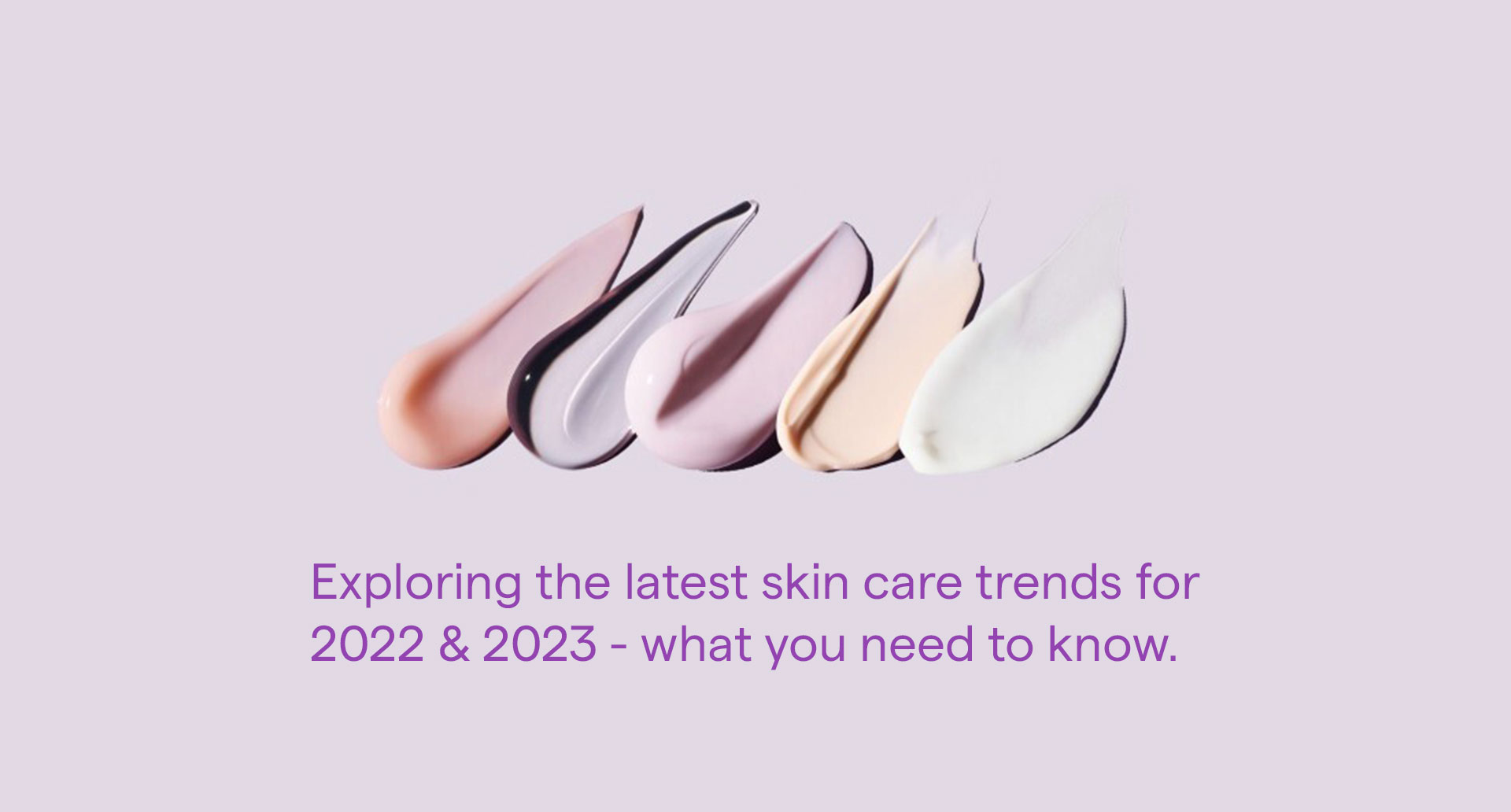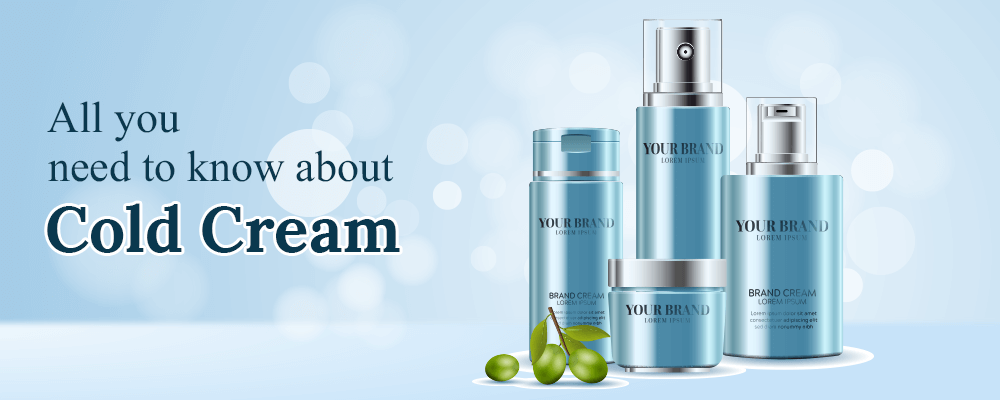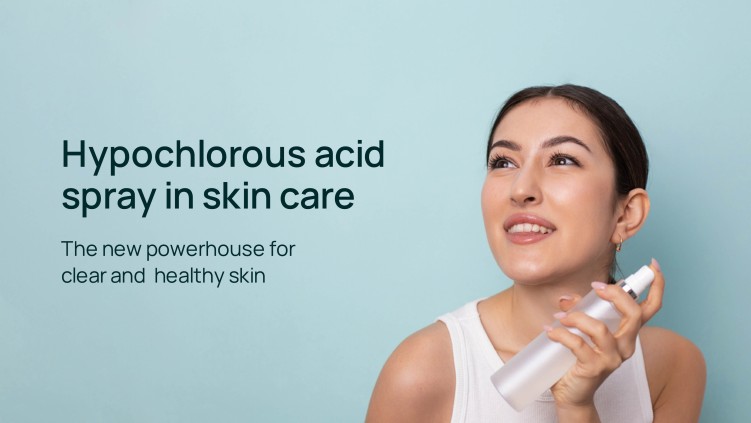The beauty industry is continuously evolving, and with the start of a new year, it’s time to look at the latest cosmetic trends projected to take the world by storm in 2023. Also, many skincare market trends have come and gone throughout the years. However, there are never-before-seen trends that are currently defining the competitive terrain of the beauty industry. So join us as we track the 2022 and 2023 skincare market trends.
To conclude, the third-party cosmetics industry is shifting towards a more attentive and personalized approach to caring for both our skin and the earth. 2023 promises to be an exciting year for beauty consumers, with a focus on sustainability, personalization, and variety.
The beauty cosmetic business is constantly changing, and third-party beauty cosmetic producers will experience new challenges and possibilities in 2023. Third-party beauty cosmetic makers or manufacturers will be able to meet the expectations of an evolving market and differentiate themselves from the competition by focusing on natural and organic components, personalization, multifunctional goods, mental wellness, and diversity.
Skincare market trends for 2022 and 2023
People are looking for products that will help them manage pollution conditions and pollutants that might impair the health of their skin, according to the most recent data. The terms nourishing, hydrating, and cleaning have received a lot of attention. Our demands have changed over time, and there are countless skincare options to discover. Previously, we were just concerned with hydration or damage repair. Even the beauty sector is evolving towards a more conscientious and specialized approach to taking care of the world and our skin. The main trends to watch out for are as follows:
- Clean Beauty – Additional terms such as “green” and “natural” beauty. clean beauty means that you can use a product without risking your own health. The ingredients list must contain only safe, clean ingredients. Non-toxic beauty is identical to clean beauty. Clean beauty products are not only excellent for you, but also for the environment.
- Waterless Cosmetics – Anhydrous beauty, waterless beauty, and water-free beauty all refer to skincare and cosmetics that are made without water. Instead, they make use of a variety of butter, oils, waxes, and oil-soluble actives. As manufacturers know water promotes microorganisms, so products based on it need synthetic preservatives. One-quarter of the world’s population is now affected by serious water stress and consumers becoming more eco-conscious—more and more cosmetic firms are developing inventive ways to offer more sustainable cosmetics.
- Natural and Organic skincare – Natural and organic components are free of harsh chemicals that can irritate or harm the skin. These substances contain antioxidants that help defend against environmental stresses such as sun exposure, pollution, and so on, while also supplying necessary nutrients to keep your skin healthy. Furthermore, they are safe for all skin types, even sensitive ones. Natural and organic skincare products are known for their many benefits such as healthier skin, eco-friendly production, and cost-effectiveness.
The global market for cosmetic ingredients will grow at a CAGR of over 7% during the forecast period because of the demand for natural and organic cosmetic ingredients.
(Reference – World Cosmetic Ingredients Market to 2023 – Growing (globenewswire.com) - Pre and Probiotics – Such as impure skin/mild acne or dry skin/mild atopic dermatitis, pre- and probiotic concepts represent an effective alternative to strictly antibacterial products. Prebiotic actives rebalance the skin microflora while probiotic approaches predominantly consist of applying an inactivated microbial biomass of beneficial bacteria. A trend is emerging for beauty products containing pre & probiotics. Cosmetics and beauty manufacturers are catching up with new trends nowadays.
The skincare market trends for 2022 and 2023 reflect this change, with an emphasis on clean beauty, waterless cosmetics, natural and organic skincare, and pre-and probiotics. Third-party beauty cosmetic makers or manufacturers who embrace these trends and incorporate natural and organic components, personalization, and multifunctional goods, mental wellness, and diversity into their products will stand out in a competitive market.



-p-500.jpeg)




